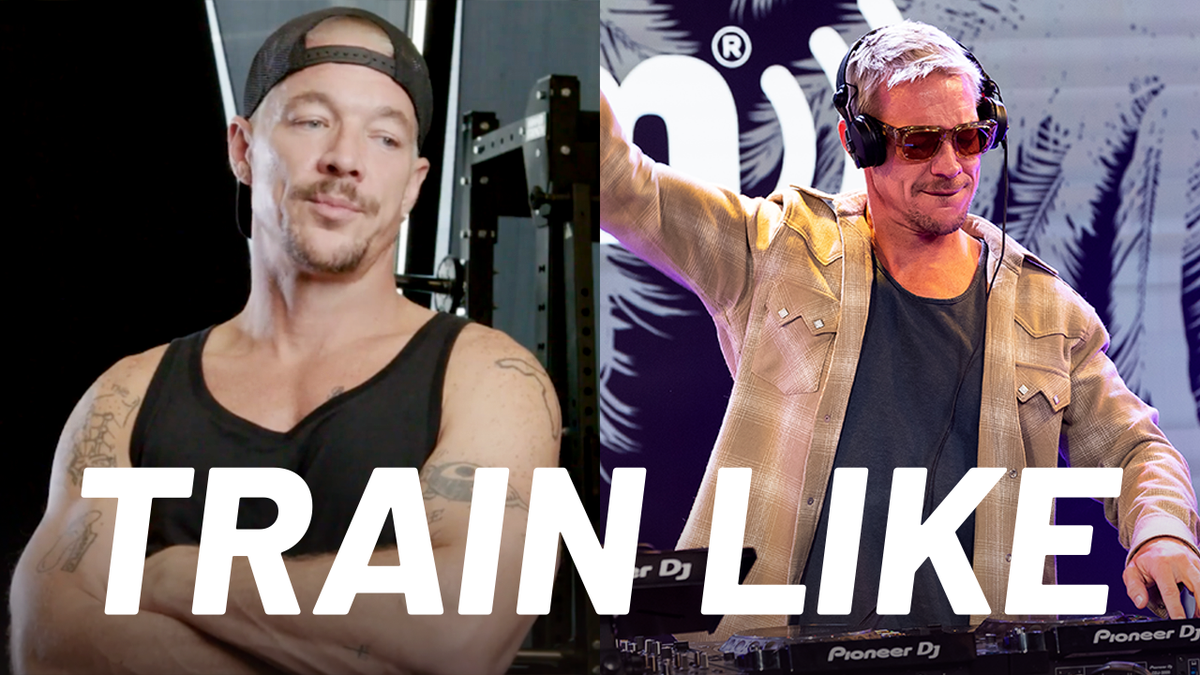Run tall
Gravity and weak core muscles cause many runners to "fold" in the middle when their feet land. This sitting-down movement wastes energy. Imagine that wires are attached to your shoulders, pulling you up slightly. Thrust your hips forward a bit and think "stability" when your foot hits. Running tip: It's easier to run tall if you've worked your core properly; find core exercises here.
Relax
Tension in your arms, shoulders, neck, and face reduces efficiency. Arms and fingers should be loose. Unclench your hands and let your jaw jiggle.
Breathe right
Your breathing should be rhythmic and deep, and you should feel your diaphragm, not your chest, doing the work. Exhale with controlled force. When you pick up the pace, don't let your breathing get shallow.
Land on the midfoot
A heel-first landing is a brake. It means you're extending your leg out too far in front of your center of gravity, so it takes more energy to move forward. And it's shaky, so your muscles are working on stabilization instead of forward motion. Running tip: Shorten your stride. It'll feel odd at first, like shuffling, but once you get used to it, focus on thrusting backward with force.
Run softly
The louder your footfalls, the less efficiently you're running. Try running more quietly; you'll be unconsciously switching to a midfoot strike and a shorter, quicker stride.
Swing symmetrically
Check your form on a treadmill in front of a mirror. If one arm is bent more than the other or swings more, you have a musculoskeletal imbalance that can slow you down. Target the weaker side with strength and flexibility exercises.












